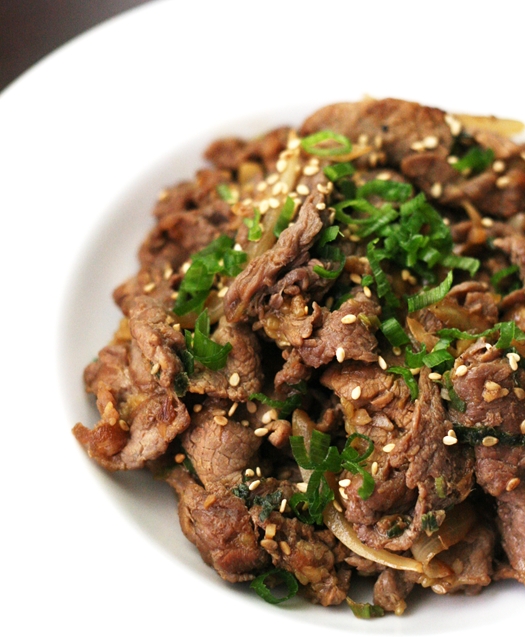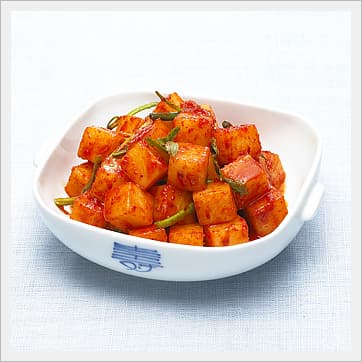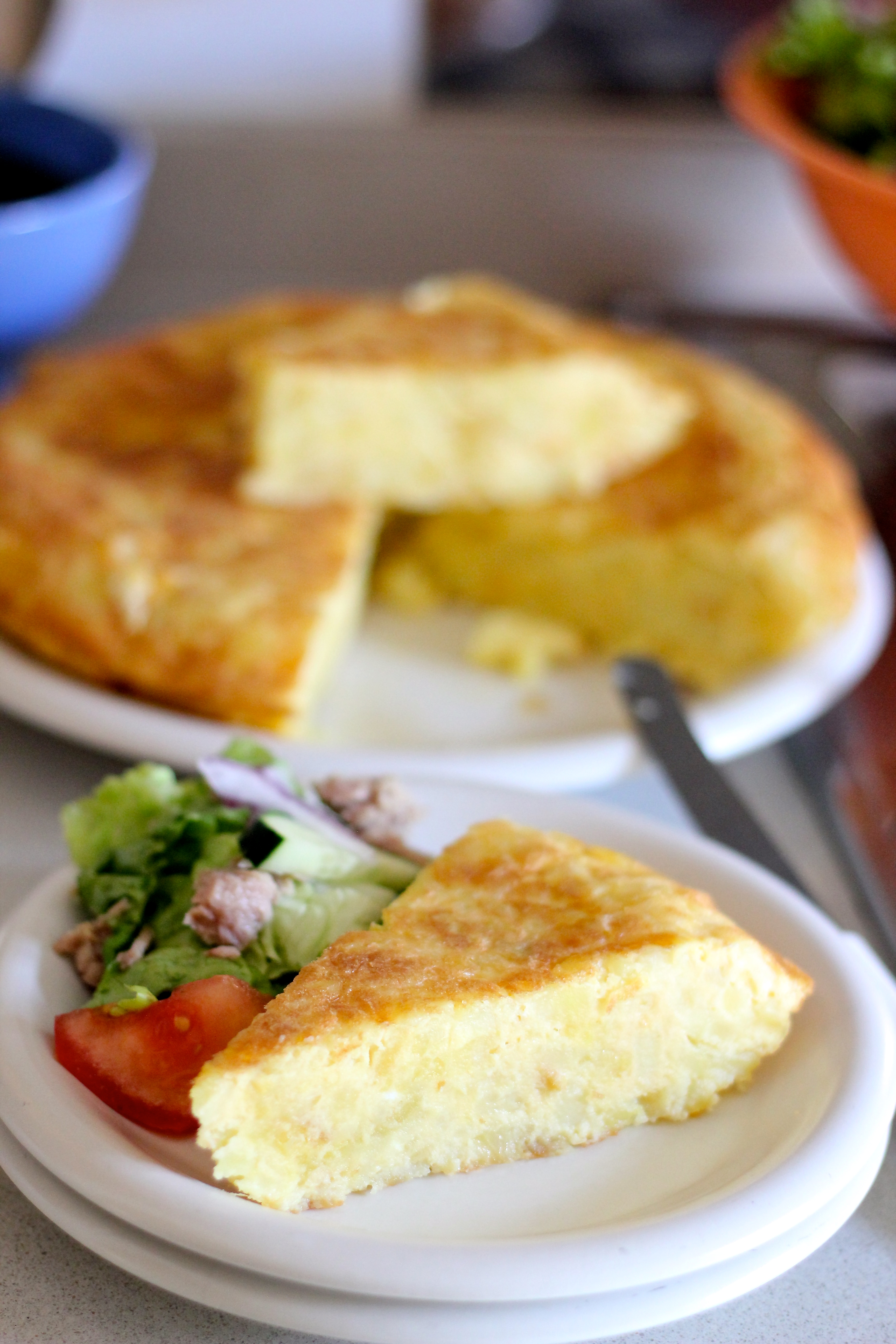Indonesia have thousands of Island, the second biggest Island is
Sumatera. Sumatera is divided into six Provinces, and one of them is
West Sumatera. There is a famous city at this province named Padang
City.
Besides richness of customs and many good destinations,
Padang has hundreds of food recipes. If you visiting Padang City one
time, don't forget to taste The Padang Cuisine. Padang Cuisine one of
the famous Indonesian culinary.
Padang was famous with the spicy foods that is Rendang, base material rendang from egg or meat and red pepper.
I
am sure after having a meal Rendang your sight will be more bright, and
you can refresh your mind.....of course after that you can do your
activity with fresh, fresh.... hah!
Here is complete recipe:
For 4 portions serving:
- ¼ kg. Meat
- 4 cloves red onion
- red pepper (as your desire)
- chili (as your desire)
- 3 cloves garlic
- 4 - 5 cloves candlenut
-1 stick lemongrass
- 3 pcs lemon leaf
- 1 clove ginger plant
- salt
- sugar palm
- Flavoring
- vegetable oil
- coconut milk
Cooking instructions:
Slice meat as your desire and then clean it.
Boiling water then put meat inside and let it boil for 15 minutes
Raises meat (in order it more tender)
Pound all of ingredients or spices except lemongrass, lemon leaf and ginger plant.
Fry
all of ingredients, put inside lemongrass, lemon leaf and ginger plant
let it up to good smell, then put meat inside pour coconut milk
sufficiently.
Cooking its up to water shrink, then rendang spicy ready for serving.
Top Ten Spanish Tapas
Tapas originated in Andalusia, where, as the popular story goes, the people were so tired of getting flies in their drink, that they began putting a piece of bread over the glass to keep them out. This bread was often topped with ham or cheese and the rest as they say, is history. I don't know if anyone ever came up with an idea to keep the flies off the bread; maybe that's to come.
These days of course, you don't have to balance your food on a glass; it comes on a small plate or dish. The word Tapa incidentally, means cover, so there probably is some substance in the story. The one thing that is for sure is that they are a great way to enjoy good, wholesome food at a reasonable price. Here are ten of the best.
Spanish Omelette or Tortilla de Patatas
You'll find this on offer in almost all Spanish bars. It provides a great value, tasty snack. The ever present potato is sometimes complimented with mushrooms, onions, beans or tomatoes according to the whim of the local chef. It's interesting to try this dish in different bars and savour the difference, especially if you're travelling a nd moving between regions.
Meatballs in Tomato Sauce or Albondigas
Found in most tapas bars, this traditional dish tastes best when served piping hot straight from the pan. Provide plenty of fresh bread to mop up the juicy tomato sauce. This dish varies even more than Spanish Omelette. It can be good or disappointing, but when it's good, it's exquisite. The best Albondigas are the ones that have been made on site.
Boquerones en Escabeche
This old Moorish treat is a way of preserving small fish, and has survived the test of time. A great place to try this local delicacy is in and around Nerja, where they even have a fiesta dedicated to the dish. These days, strict controls are in place to monitor the size of the fish. Anyone using fish that deemed too small is prosecuted.
Ajillo Mushrooms
Personally I don't care for this, but most of my friends go mad for it, so I thought I better give it a mention. It is fact, very popular amongst the Spanish, but if you have an important meeting later in the day, I would give it a miss. It often arrives heavily laced with garlic, but apart from the garlic, the mushrooms are flavoured with olive oil and Spanish Sherry. It sounds good doesn't it? As with many Tapas, it should come with a wedge of bread, to mop up the juices.
Jamon Serrano
Spaniards are rightly proud of their ham, and cured, country ham is one of the most popular ways to enjoy it. The ham is rolled in sea salt, hung and left to cure for up to eighteen months, before the skilled Jamonero decides that it is ready. The legs are mounted on special stands to be carved into paper thin slices. I can't think of one Spanish bar or restaurant that doesn't offer Jamon Serrano. A perfect compliment to Jamon Serrano is Manchego cheese.
Patatas Bravas or Crisp Spiced Potatoes
Patatas Bravas is as popular in Madrid and Barcelona as it is in mountain villages, and that's because it tastes good. Each bar will have its own way of preparing the potatoes, but in most cases the result is more than satisfactory. Traditionally, this Tapa is taken with white wine.
Costillas or Barbecued Ribs
Better prepared on a barbeque, this delicious snack is enjoyed by many Spaniards and visitors alike. Normally sweet sherry is poured on the ribs, but each establishment will have its own take on the recipe.
Carne con Tomate or Meat in Tomato Sauce
This is one of my favourites. Tender meat cooked in tomato sauce, always needs a wedge of bread to clean the dish with. Available in most bars, it can be quite different, but usually very, very tasty.
Migas
Migas, as with many popular dishes, owes its existence to poverty. Originally breakfast fare, it was made from leftover bread, indeed Migas means crumbs. Its roots may lay in North Africa, as the dish shares many similarities with Couscous.
Pinchitos or Kebabs
It was the Arabs who brought kebabs to Europe, and the Spanish have embraced the idea as one of their own. Although originally made with lamb, these days pork is widely used. These kebabs are deliciously spicy.

|
| FOLLOW OUR PINTEREST |
Discover how I eat like a king with zero skill and less than 10 minutes a day.
Klik THIS





























.jpg)





















